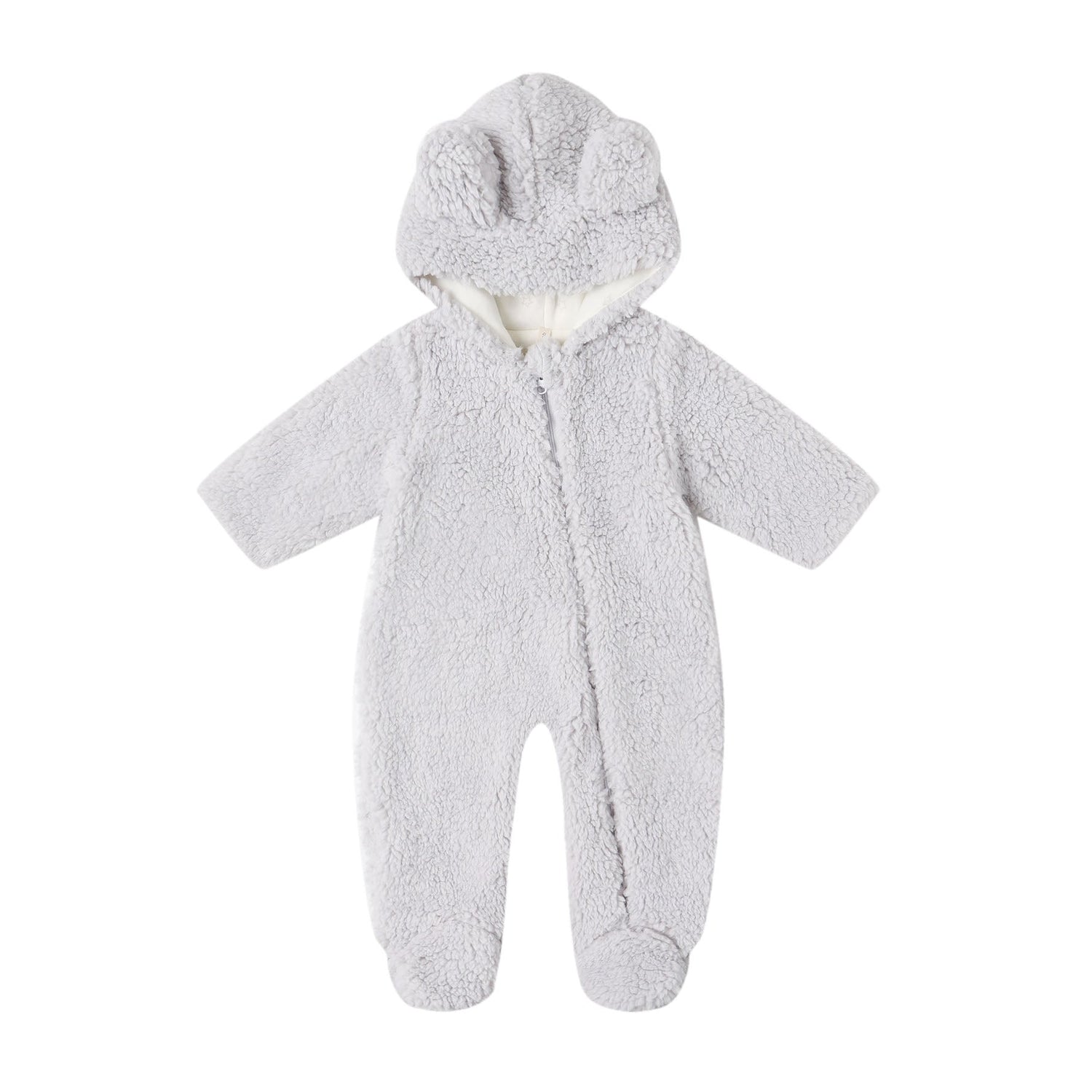To continue with our Children's Vision Health Month series, today we will be talking about ways to encourage your child to develop healthy eye sight!
Healthy eye sight starts in the womb with mom's healthy diet and prenatal care. After your cutie is born, you will start to want to connect with your baby, and their eye sight will become something that you think about. Ways to develop healthy eye sight and development starts from the time they are born.
0-4 months:
- Use a dim night light or lamp in baby's room instead of a very bright light.
There was some literature published that proposed that the use of bright lights in infancy up to 2 years of age during the night increased nearsightedness, but recent studies have debunked this theory. However, this is still a recommendation per the American Optometric Association. I'm a fan of the Lolli Living Nightlight Lamps.
- Dangle soft and intriguing toys 8-12 inches from your babies face to stimulate the optic system and improve focus.
- Change the crib's position in the room if possible.
You can also vary the direction your infant faces in the crib so that their environment is varied and they can work and becoming familiar with their new environment.
- Place intriguing and colorful things on their walls that they will enjoy looking at.
Check out our selection of adorable nursery art you will both love here.
- Alternate left and right sides while feeding for the same reasons you want to switch up the position of their crib.
This will give them a varied environment and allow them to practice focusing on different objects and see them from different angles.
- Talk to your baby about what you are both observing in the room you are in.
Encourage them to look at different things and spend time studying them.
-
Use a mobile such as this one above and outside of their crib to encourage visual stimulation, focus, and tracking.


4-8 months:
- Encourage your child to crawl and explore their environment allowing their hands and eyes to work together to learn about objects.
- Play patty cake and peek-a-boo with your baby, and other games which foster early hand-eye coordination.
8-12 months:
- As your baby becomes more mobile, these coordinated movements plant the seeds for hand-eye skills that will be useful later on.
I'm not just talking sports either, these skills are important for such skills such as reading. Do not encourage walking too soon. It is important for the crawling phase to take place so that these important pathways are created and solidified in your child's brain. As they get better at crawling and eventually walking, their depth perception and accuracy will improve.
- Let your child go at his or her own pace when learning to crawl and then transitioning to walking.
- Provide your child with a soft object that they can see and hold at the same time, such as a stuffed animal.
These soft lovies are easy for babies to keep hold of while cruising around.
- Introduce stacking and building toys to encourage cause and effect understanding as well as coordinated movements.
Something like this bead tree is perfect for such an objective.
1-2 years:
- Encourage walking and climbing.
- Provide building toys, blocks, and balls.
For more in depth information of these concepts, check out the American Optometric Association's website here.














1 comment
[…] There is a nifty light out there that is great for night changings. The Lolli Living Nursery Lamp has a night light feature that is bright enough to give a good amount of light, but not too bright as to ruin your night vision or wake your babe. Plus, low light can be good for your child’s eye development! […]